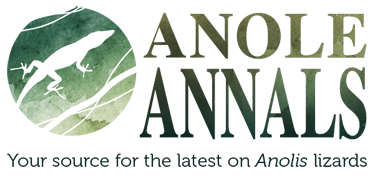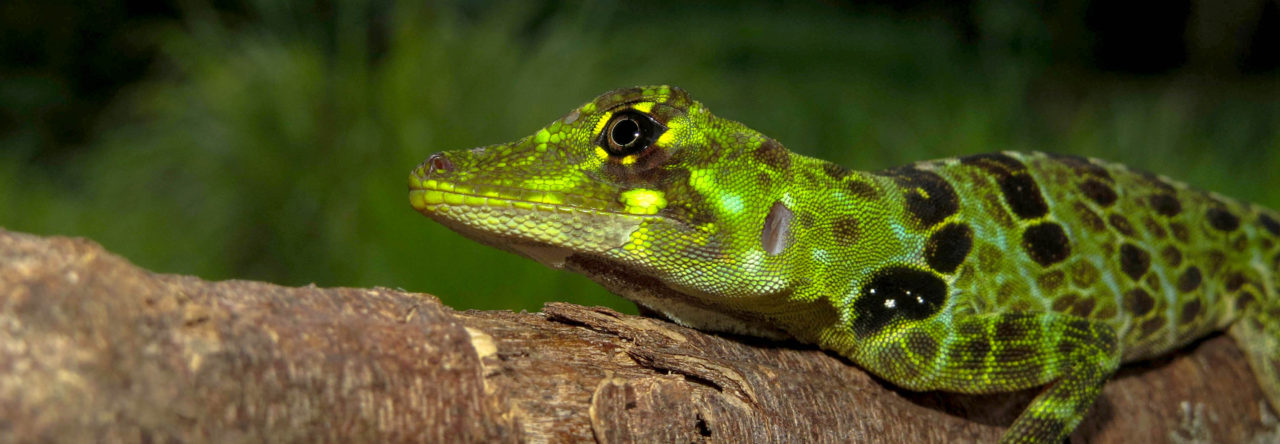Bora Zivkovic, Blog Editor at Scientific American, has named Anole Annals “Blog of the Week.” Congratulations to us! Here’s what the very perceptive Zivkovic had to say on his site, A Blog Around the Clock:
“For the greatest portion of the history of biology, every organism was a “model organism.” One would pick a problem and then choose which organism would be most suited for answering those particular questions. Then, in the 1990s, everyone jumped onto the bandwagon of studying just a handful of organisms that could be genetically modified at the time: mouse, fruitfly, thale cress, zebrafish, African clawed frog, bread mold, brewer’s yeast, or E. coli. All the other organisms were all but abandoned, only studied by a small number of die-hard researchers and, increasingly, amateurs. Now that technology allows us to investigate (and to some extent manipulate) entire genomes of almost any species we’d like, researchers are going back and rediscovering the abandoned model organisms once again. One of these is Anolis, a large group of species of lizards, noted for their dewlaps, and known especially for their fast adaptive radiation on tropical islands.
And now there is a blog that covers everything about these lizards – Anole Annals. Posts are written both by veteran researchers and their students, from several laboratories, as well as other contributors. They cover both recent and historical papers on evolution, ecology, biogeography, behavior, physiology, biomechanics and genetics of this diverse group of reptiles. They also describe their own research, including anecdotes and adventures from field work, equipment they use in the lab, and successes in discovery. On top of that, they help people ID the species from pictures, pay attention to the appearance of anoles in art and in the popular culture and generally have a lot of fun doing all of this. A blog entirely devoted to just one group of animals sounds very ‘niche,’ but what they did was build a blog that has something for everyone and is a great fun (as well as insightful and educational) read for everyone.”












